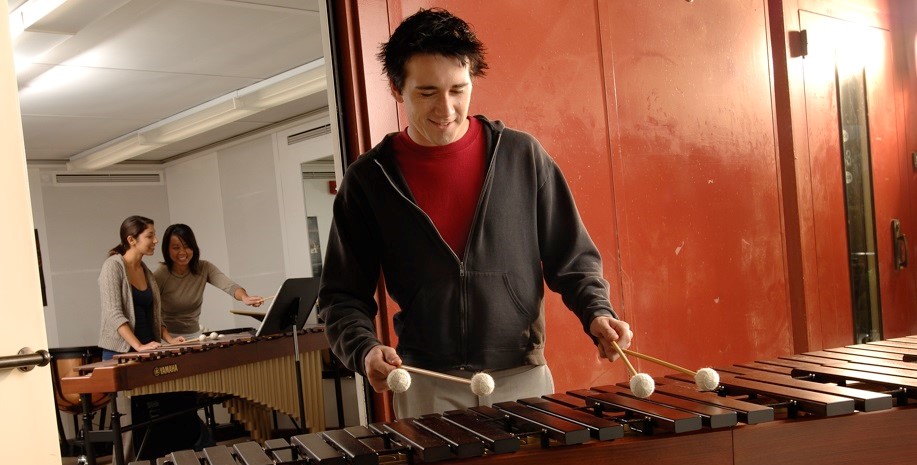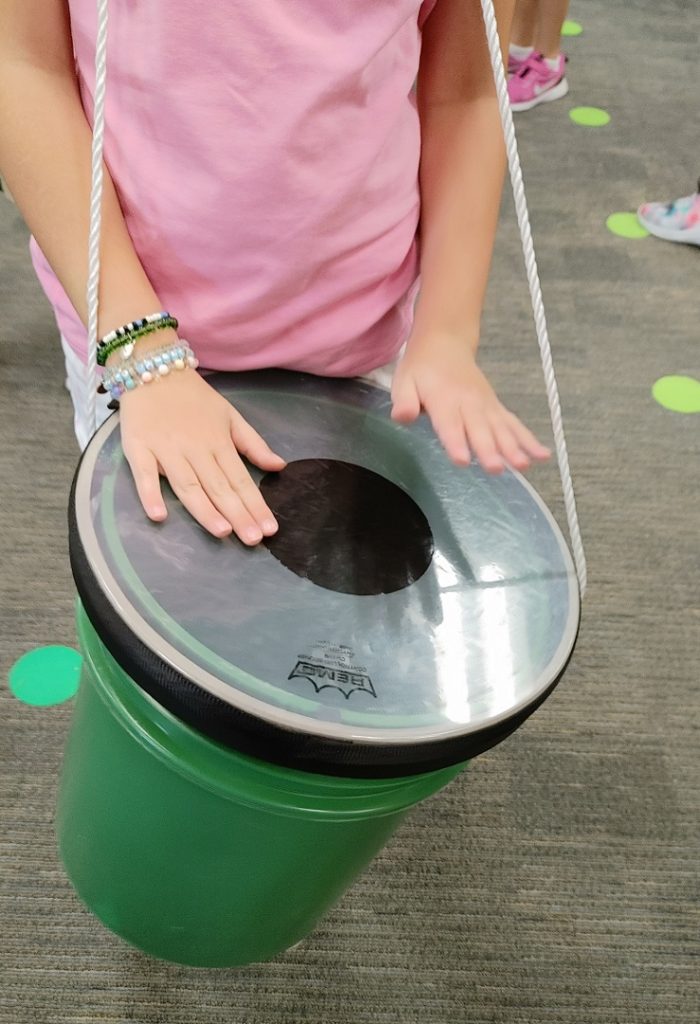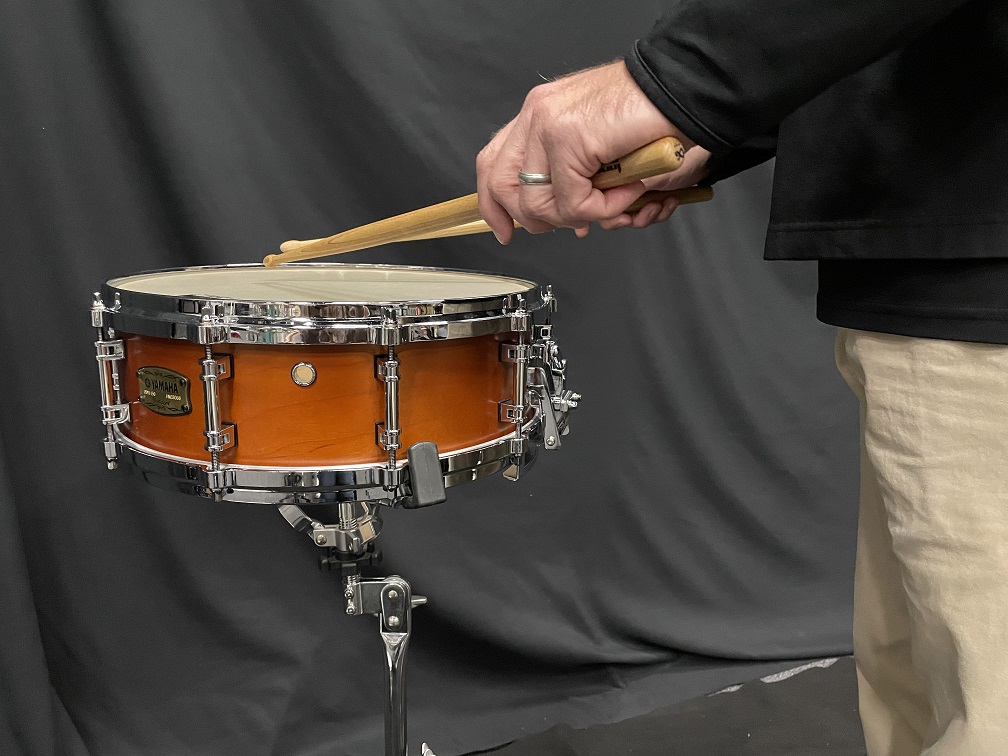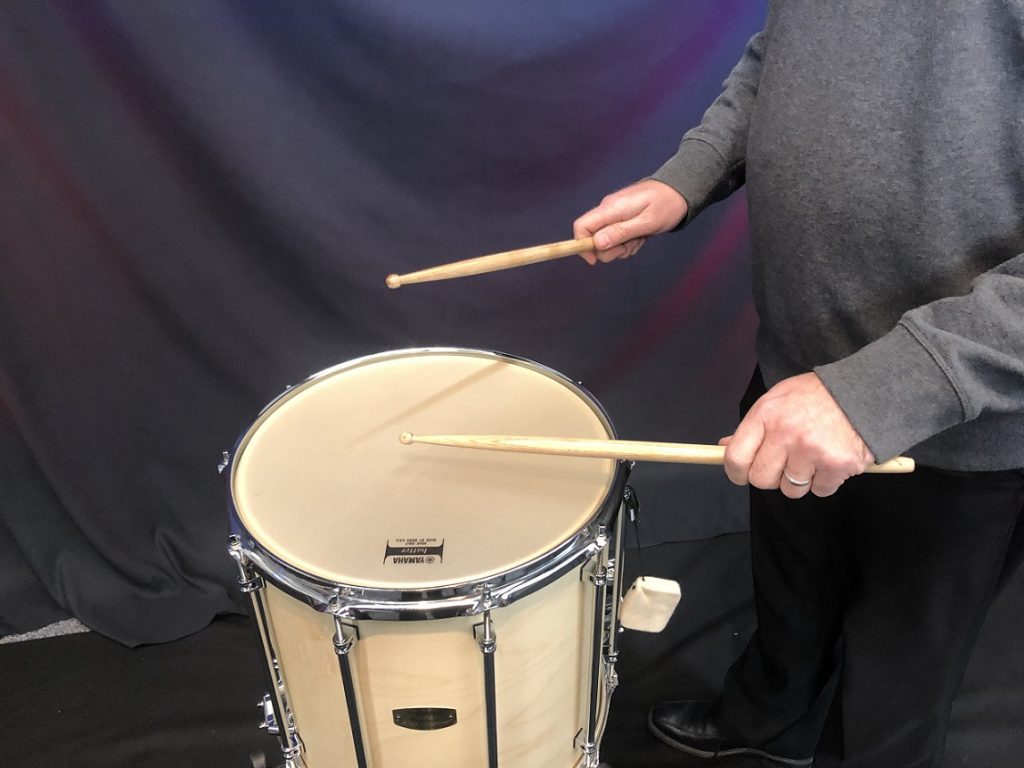All About Vibraphone Bars
Silver or gold bars? Matte or glossy finish? Here’s a quick guide to understanding vibraphone bars.
The vibraphone is such a unique sounding instrument. The sustain, vibrato, and tone quality are just some of the reasons why it is such a popular instrument.
What creates the vibraphone’s beautiful sound quality? It’s the aluminum bars that resonate like no other instrument!
Now, you might wonder if silver bars ring longer than gold bars? Or, are red bars better than gold? The answer is that bar color has nothing to do with the sound!
It is purely the finish that is applied to the bars after tuning and coloring that makes the difference. So, what is the difference between the different types of vibraphone bar finishes, or is it also for aesthetic?
The answer, as always, is complicated.
After being tuned, each bar is anodized a color decided by the manufacturer. Then, companies typically finish the bars in two main ways: matte or glossy. The finish applied to bars is obviously different visually, but they also have very different sounds. However, the main difference occurs in the initial attack of the bar, not as much to the sustain.
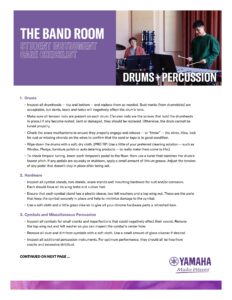
Download this Yamaha Drums and Percussion Care Checklist for Students now!
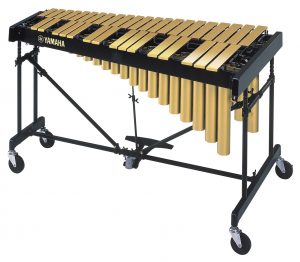 What’s the Difference Between Matte and Glossy?
What’s the Difference Between Matte and Glossy?
Matte-finish bars tend to have a warmer sound with less attack. Glossy bars tend to be brighter and have more attack.
Another reason they sound different dependents on mallet choice. When using hard mallets while playing loudly, glossy bars will still speak clearly where matte bars tend to become too bright and lose body. However, when using soft-medium mallets, the matte bars produce more natural warmth than the glossy bars.
What Scenarios are Best for Each Finish?
Any time that you play a vibraphone in a larger ensemble where there are other instruments in the same register, you will find it easier to be heard if you are playing an instrument with glossy bars. Because glossy bars are brighter and have more attack, the instrument will be heard much more clearly than matte finish bars. Glossy bars work best in marching bands, large wind ensembles, big band jazz, orchestras, etc. Medium to hard mallets sound best on these vibraphones.
Matte finish bars are considered by many to produce the “classic vibraphone sound.” Because of this, they are best for just about all other scenarios than the ones listed above; solo vibraphone, percussion ensembles, jazz trios, chamber groups, etc. Soft to medium-hard mallets will sound best on matte finish bars.
Other Things to Consider
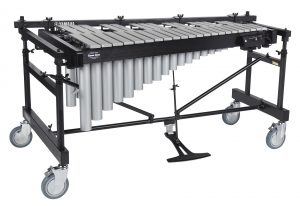 Vibraphone bars are graduated in size and length the same way they are on a marimba and xylophone. This means that the bars are at their largest in width and length at the bottom and gradually get smaller as the pitch rises. The same principle applies to a grand piano. When you look inside a piano, the strings attached to the higher notes are very short and thin, while lower pitches have thicker and longer strings.
Vibraphone bars are graduated in size and length the same way they are on a marimba and xylophone. This means that the bars are at their largest in width and length at the bottom and gradually get smaller as the pitch rises. The same principle applies to a grand piano. When you look inside a piano, the strings attached to the higher notes are very short and thin, while lower pitches have thicker and longer strings.
The lower the note, the longer its wavelength and the more surface area needed to properly amplify that note. Resonators on vibraphones follow the same idea. The higher notes have shorter resonators, and as the notes get lower, the resonators get longer to properly reinforce the frequency of the corresponding note.
Note Range
The vibraphone also comes in two different extended note ranges: 3.5 and 4-octaves. The 3.5-octave vibraphone typically extends the low F3 down to C3, while the 4-octave extends the low F3 down to C3 and the high F6 up to C7. These different ranges allow further exploration for composition. You are also closer to the range of the marimba and can play unison parts because of the highest and lowest notes being C. The only con of the extended range instruments is that they are bigger and, therefore, less portable.
Bar Tuning
 The vibraphone bars are tuned to A=442hz (like most other pitched percussion), however, if you are playing the vibraphone with a grand piano tuned to A=440hz, you might notice some tuning discrepancies. The vibraphone is technically 8 cents sharp compared to the piano and the rest of the ensemble. For this reason, companies will offer vibraphone bars tuned to A=440hz. This is only necessary when playing in smaller ensembles with a grand piano or other fixed pitched instruments, however, the difference isn’t noticeable in most scenarios.
The vibraphone bars are tuned to A=442hz (like most other pitched percussion), however, if you are playing the vibraphone with a grand piano tuned to A=440hz, you might notice some tuning discrepancies. The vibraphone is technically 8 cents sharp compared to the piano and the rest of the ensemble. For this reason, companies will offer vibraphone bars tuned to A=440hz. This is only necessary when playing in smaller ensembles with a grand piano or other fixed pitched instruments, however, the difference isn’t noticeable in most scenarios.











